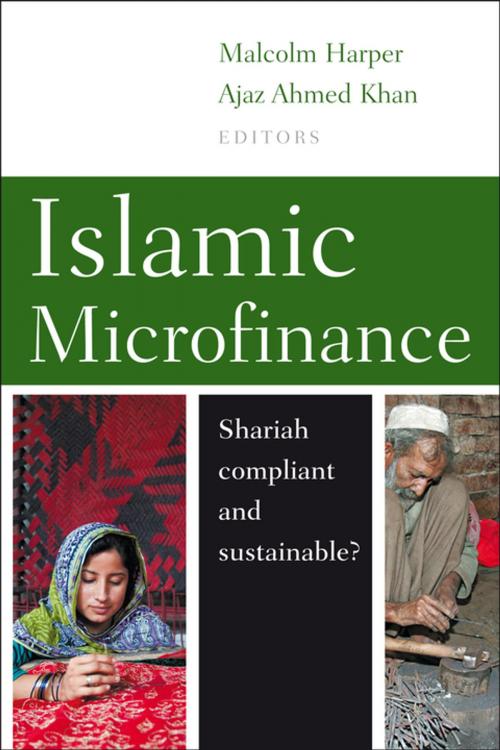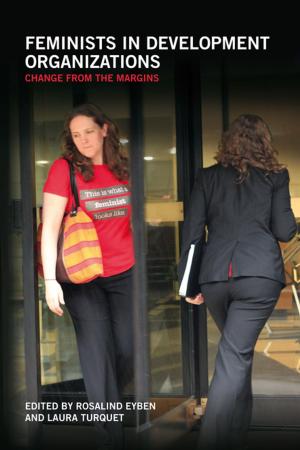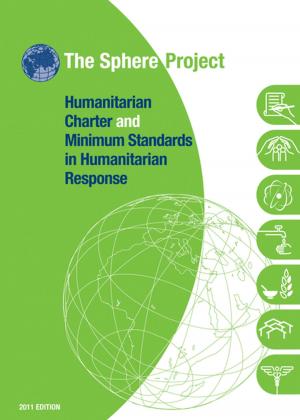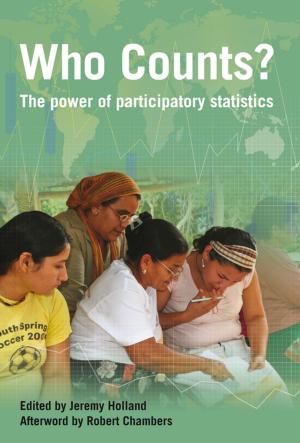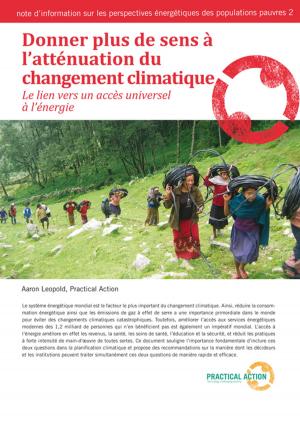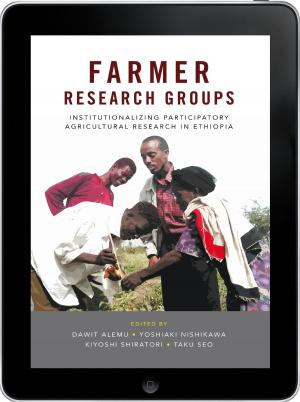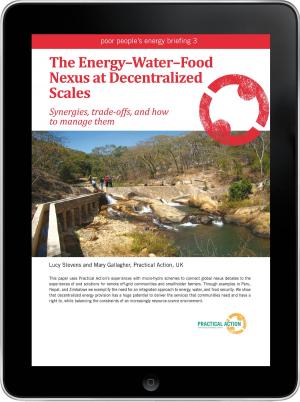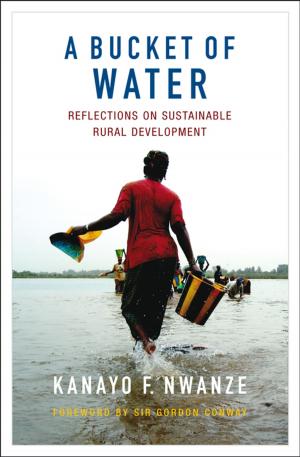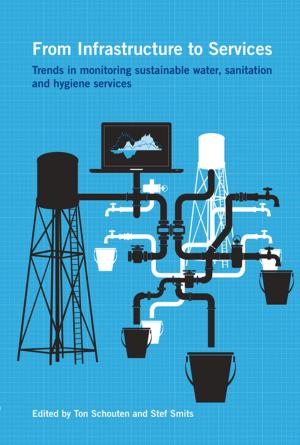Islamic Microfinance
Nonfiction, Reference & Language, Reference, Social & Cultural Studies, Social Science| Author: | ISBN: | 9781780449562 | |
| Publisher: | Practical Action Publishing | Publication: | April 15, 2017 |
| Imprint: | Practical Action Publishing | Language: | English |
| Author: | |
| ISBN: | 9781780449562 |
| Publisher: | Practical Action Publishing |
| Publication: | April 15, 2017 |
| Imprint: | Practical Action Publishing |
| Language: | English |
Microfinance institutions are today reaching hundreds of millions of clients throughout the global South, but the special needs of Muslim borrowers and savers, who wish to avoid any form of fixed interest, are badly served. The purpose of Islamic Microfinance is to introduce readers to the tenets of Islamic finance and how they are applied to microfinance. It questions why, when mainstream Islamic finance is growing rapidly, are efforts to reach poor Muslim customers so far behind? Can Islamic microfinance as it grows maintain its original spirit of fairness, transparency and sharing, principles that seem to have been almost forgotten in the world of conventional microfinance? The book contains fifteen detailed case studies of individual Islamic microfinance institutions, which include examples of successful and unsuccessful clients, and financial data about the performance of the institutions themselves. The case studies include institutions from Yemen, Afghanistan, Pakistan, India and Bangladesh, Indonesia, Sudan, Somalia, Kyrgyzstan, Palestine, and Kosovo. The case study institutions are between them using a wide range of Shari’ah-compliant financing methods, which include pure interest-free loans, profit-sharing products and a variety of other tools, including micro-savings as well as micro-debt. In the accompanying commentary the editors critically examine the performance of the fifteen institutions and demonstrate how Islamic methods can efficiently satisfy the needs of some types of client but not all. It asks which types of products are affordable and beneficial, for which purposes and for whom. This book is essential reading by all those interested in microfinance and development in the Muslim world, including researchers and students, ‘practitioners’ of microfinance, NGOs and multi-lateral and bi-lateral development agencies, and staff of development banks.
Microfinance institutions are today reaching hundreds of millions of clients throughout the global South, but the special needs of Muslim borrowers and savers, who wish to avoid any form of fixed interest, are badly served. The purpose of Islamic Microfinance is to introduce readers to the tenets of Islamic finance and how they are applied to microfinance. It questions why, when mainstream Islamic finance is growing rapidly, are efforts to reach poor Muslim customers so far behind? Can Islamic microfinance as it grows maintain its original spirit of fairness, transparency and sharing, principles that seem to have been almost forgotten in the world of conventional microfinance? The book contains fifteen detailed case studies of individual Islamic microfinance institutions, which include examples of successful and unsuccessful clients, and financial data about the performance of the institutions themselves. The case studies include institutions from Yemen, Afghanistan, Pakistan, India and Bangladesh, Indonesia, Sudan, Somalia, Kyrgyzstan, Palestine, and Kosovo. The case study institutions are between them using a wide range of Shari’ah-compliant financing methods, which include pure interest-free loans, profit-sharing products and a variety of other tools, including micro-savings as well as micro-debt. In the accompanying commentary the editors critically examine the performance of the fifteen institutions and demonstrate how Islamic methods can efficiently satisfy the needs of some types of client but not all. It asks which types of products are affordable and beneficial, for which purposes and for whom. This book is essential reading by all those interested in microfinance and development in the Muslim world, including researchers and students, ‘practitioners’ of microfinance, NGOs and multi-lateral and bi-lateral development agencies, and staff of development banks.
